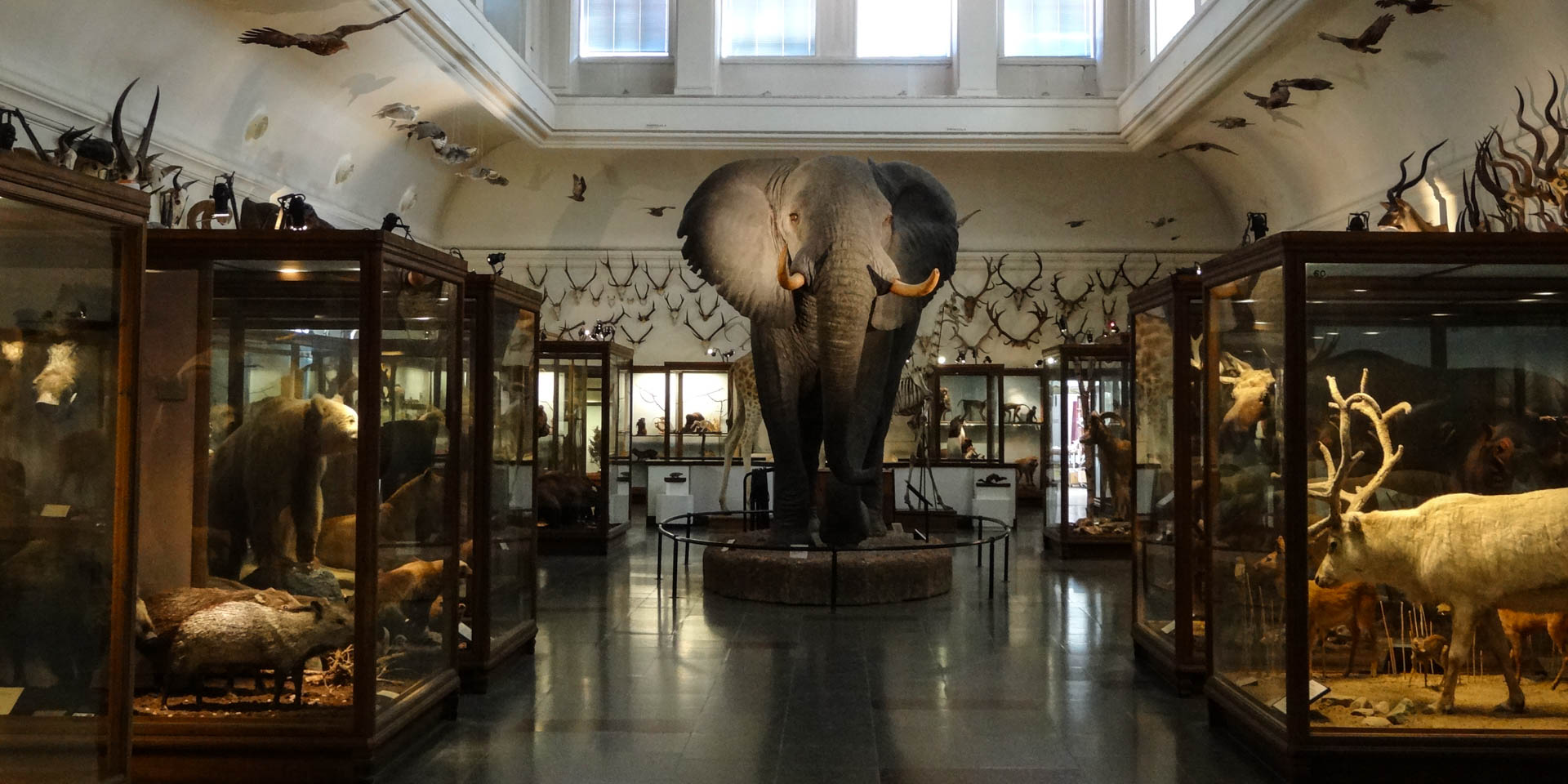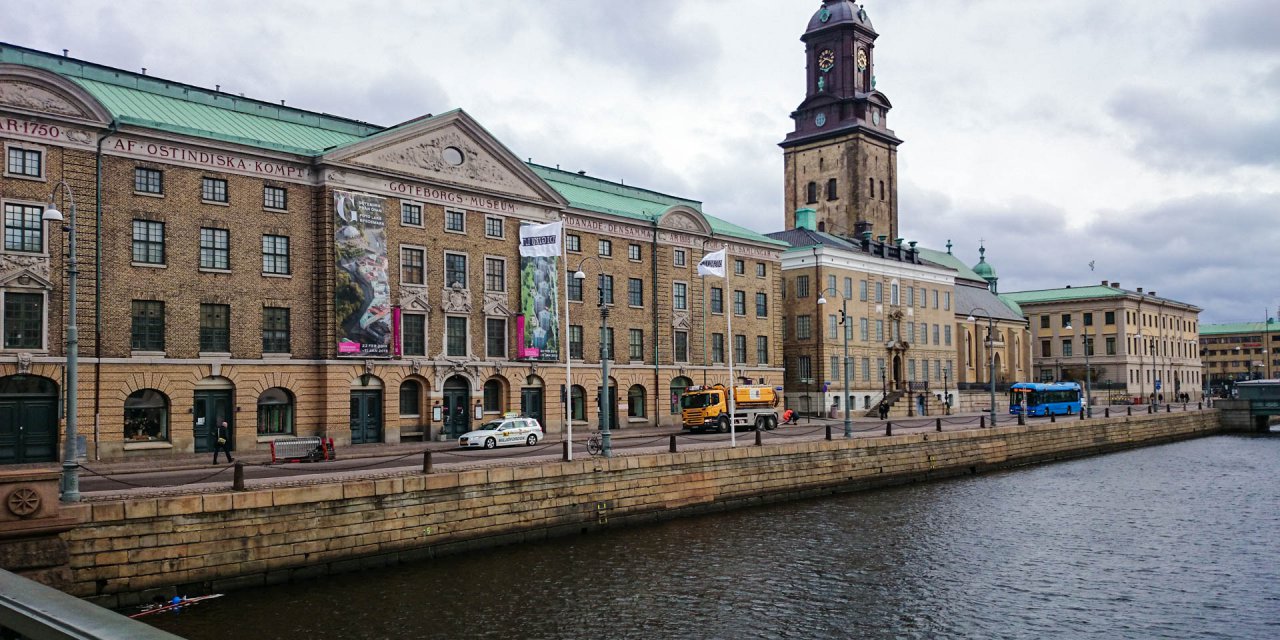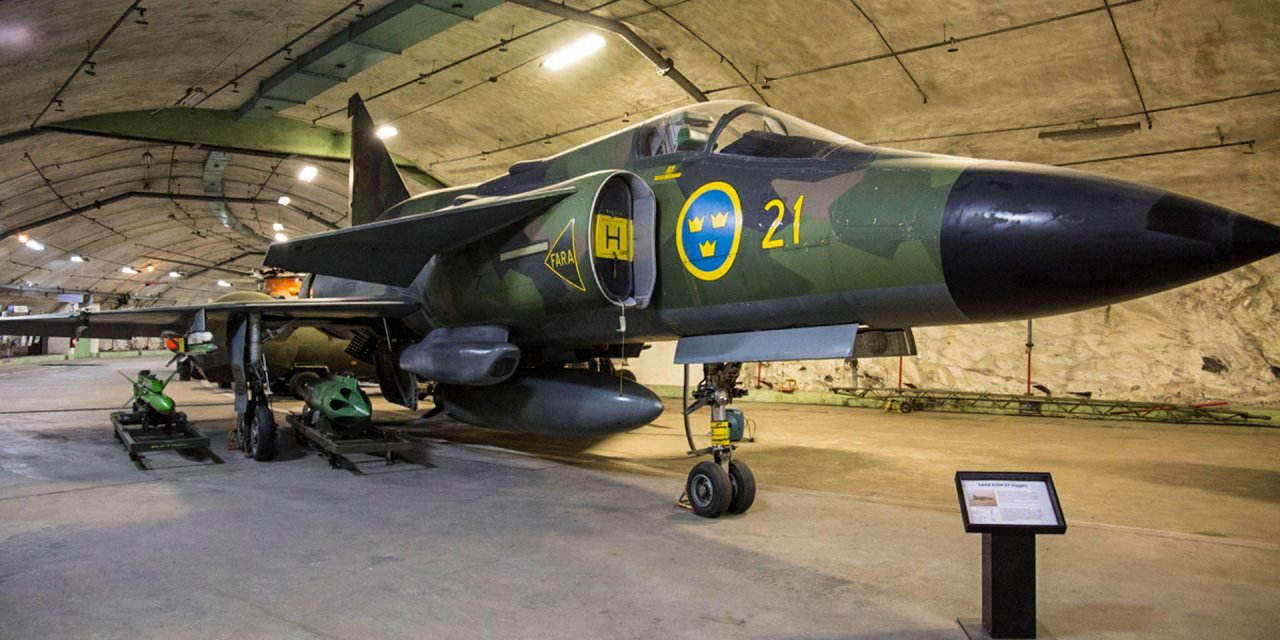

Göteborgs Naturhistoriska Museum
Natural history museum in Gothenburg
Göteborgs Naturhistoriska Museum is the oldest museum in Gothenburg and is located with its huge collection of about ten million animal preparations at the edge of the city park Slottskogen, southwest of the city centre.
On October 31, 1833, Göteborgs Naturhistoriska Museum was founded by the Royal Society of Science and Literature in Gothenburg and was initially located in the Ostindiska Huset, which today houses Göteborgs Stadsmuseum.
Around the turn of the century, the space in the Ostindiska Huset slowly became too small, the Gothenburg city council decided on October 1, 1914 to construct its own building for the natural history museum in Slottskogen. In 1923, the museum moved to the new building where it is still located today. In 1981, the museum was extended with an annex for workshops and other exhibition rooms.
This extension contains the entrance area of the museum as well as areas for special exhibitions and a café. The permanent exhibitions are divided into classes and show an incredible variety of preserved animals from all over the world – mostly as body preparations or as painted plaster casts, but also inlaid in preservation solutions and as skeletons.
The exhibitions in Göteborgs Naturhistoriska Museum
In the mammal room, large display cases are lined up, containing the specimens of land mammals from all continents. The range extends from the tiny, only 50 mm large pygmy shrew (Sorex minutus) to the huge African elephant bull. The latter stands as an eye-catcher in the centre of the hall and was about 45 years old at the time of his death with a live weight of 6 tons. His shoulder height is 3.32 metres with a body length of 4.65 metres and his tusks are an impressive 2.40 metres long. The bull elephant, which originates from Angola, has been part of the exhibition since 1952 and is still considered to be one of the qualitatively outstanding animal preparations.
An absolutely unique and probably the best known exhibit of the museum is the so-called Malmska Valen in the whale hall. This is the world's only prepared blue whale, a young animal with a body length of 16 metres, which stranded near Gothenburg in 1865 and was conserved by the curator August Malm. The whale's skeleton was also conserved and is placed directly next to the body sculpture – next to the lower jaw bones of an adult animal for size comparison. In the same room there are further specimens, skeletons and models of large marine and coastal inhabitants, such as whale shark, walrus, manatee and polar bear, the skeleton of a sperm whale as well as the skull of a 23-metre long fin whale.
The fish and reptile section of the museum displays specimens of fish species from all regions of the world, including casts and in liquid preserved large sharks and rays. On one wall of the exhibition you can see almost all the fish species found in Swedish waters, and another part of the section shows the evolutionary development from starfish to frogs, lizards, snakes, crocodiles and turtles, using numerous specimens.
The bird gallery presents stuffed bird skins of all sizes – from the ostrich as the largest bird to the smallest, the hummingbird. Large albatrosses, which glide on their wings like gliders over the vastness of the oceans, or the arrow-fast swifts, which stay exclusively in the air outside the breeding season and even spend the night in the air in a kind of half-sleep.
Further exhibitions and information
The department responsible for the development of life on earth begins in its chronological structure with the origin of life about 3.8 billion years ago. There is a large collection of fossils from the different ages of the earth and the skeleton of a dinosaur. The second part of the exhibition is dedicated to invertebrates and shows cephalopods, snails and corals as well as crustaceans and arachnids, butterflies and all kinds of insects from all over the world.
Fascinating is also the special section for dioramas, a form of exhibition that found its way into numerous natural history museums towards the end of the 19th century. In the museum in Gothenburg, the dioramas were created over a period of ten years before and until shortly after the museum was completed in the 1920s. They show detailed reproductions of various Swedish landscapes, each with typical flora and fauna, and thus provide today's viewer a rather accurate picture of what these landscapes looked like about 100 years ago.
The assortment of the museum shop is strongly focused on nature books, including a whole range of field guides. These are joined by gift items that fit in with the context of the museum, detailed stuffed animals, educational toys, postcards and posters.
The museum's exhibition rooms are spread over three floors, which can be reached via stairs and elevators. Smaller differences in height are compensated by ramps. Disabled toilets are available and there are disabled parking spaces in front of the entrance. Visiting the museum is free of charge all year round. With the exception of assistance dogs, pets are not allowed.
Göteborgs Naturhistoriska Museum: Opening hours
Opening hours
Tuesday – Wednesday: 11:00 – 17:00
Last update: 07/2022 | Errors and omissions excepted.



